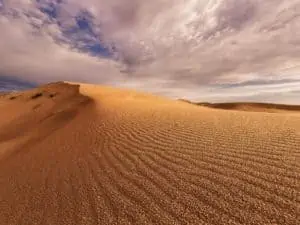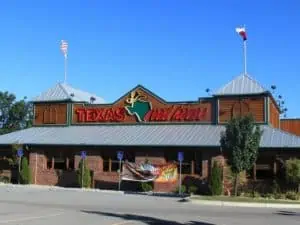Share the post "Breathtaking Stargazing Spots in Texas: Unforgettable Night Sky Experiences"
Ever dreamed of dancing under a blanket of stars? Well, pack your picnic basket and loved ones, because Texas is calling! Nestled deep in the heart of the Lone Star State, the quaint town of Elgin is a secret haven for stargazers. Just a short thirty-minute ride immerses you in the mesmerizing beauty of dark skies and shooting stars.
But that’s not all. Texas also boasts intriguing state historic sites, where the celestial wonders of the galaxy are showcased in all their awe-inspiring glory. These sites aren’t just gateways to the universe; they’re also rich in fascinating tales waiting to be told. So, buckle up and prepare for an unforgettable stargazing adventure in Texas. The stars at night are indeed big and bright, and they’re waiting for you.
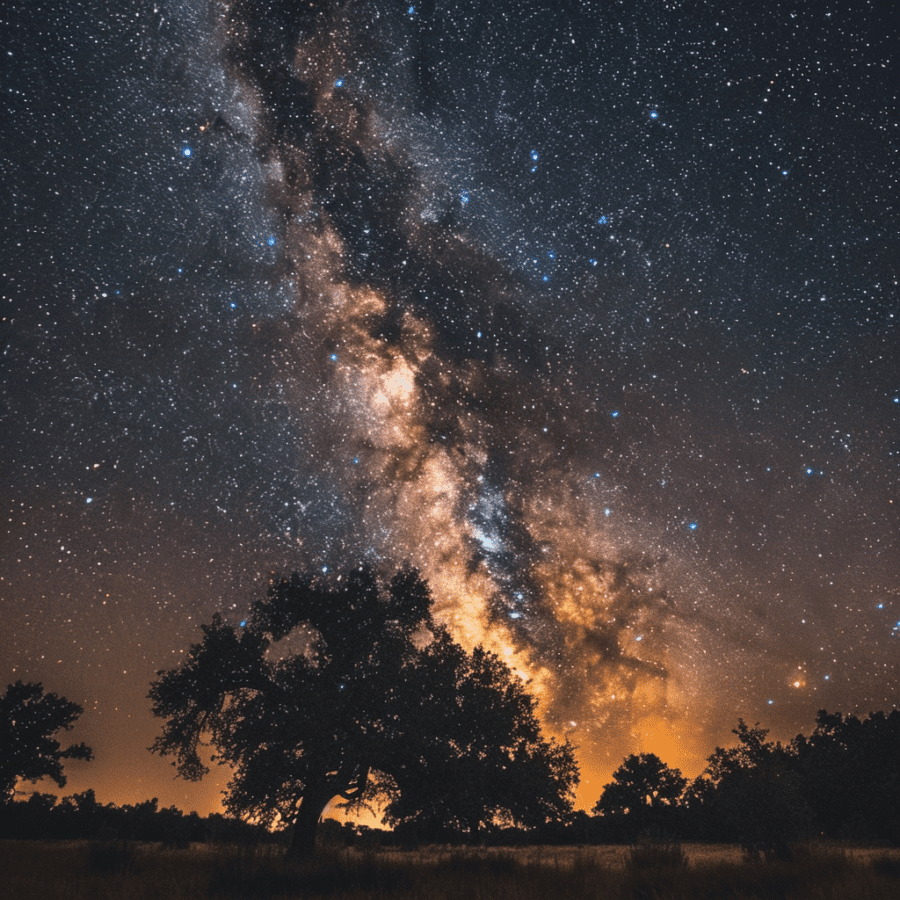
Best Stargazing Spots in Texas
In Texas, stargazing is more than a casual hobby. It’s a celestial journey that takes you through twinkling clusters of infinite wonders and unexplored galaxies. Let’s venture into the night as we uncover the best stargazing spots in the Lonestar state.
State Parks with Dark Skies
If it’s serene skies you’re after, Texas state parks offer an astrology-driven adventure beckoning you to fall in love with the cosmos. Here are some of the prime stargazing locations:
- Needville: Known for brilliant sky views, this park gifts you moments of tranquility under the universe’s enchanting canopy.
- Palo Duro Canyon, Amarillo: It’s not just about the meteor showers here. The mobile constellations offer a captivating spectacle.
- Enchanted Rock State Park, Austin: An International Dark Sky Park, this spot boasts stunning stargazing quality.
- Copper Breaks State Park, Texas Panhandle: Its designation as an International Dark Sky Park in 2014 signifies its exceptional nighttime views.
Stay updated with celestial events with Texas Parks and Wildlife’s website for enchanted stargazing encounters.
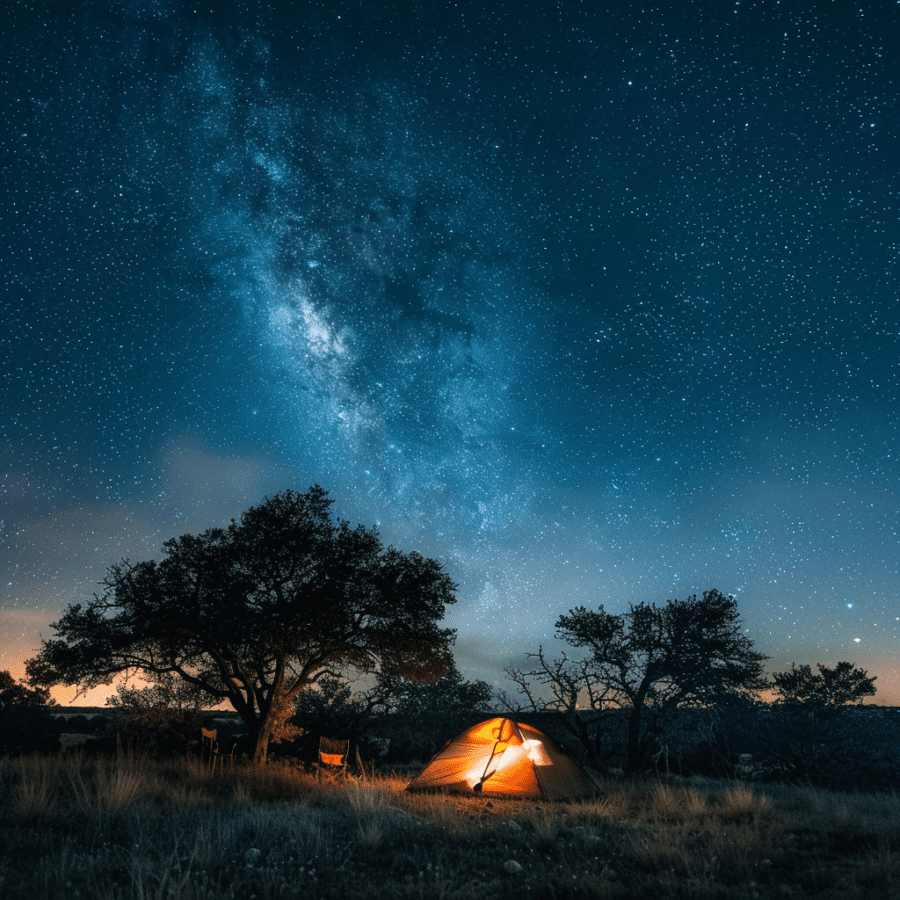
Historic Sites and Dark Sky Sanctuaries
History and astronomy merge in Texas’ historic sites and dark sky sanctuaries:
- 1927 Park Road 73, Junction TX: This IDA Dark Sky Park offers breathtakingly clear night skies.
- Big Bend Ranch State Park: Residing beside the Rio Grande, this Dark Sky Association-designated site lets you witness the cosmic beauty in solitude.
- Fort Griffin State Historic Site: Engage in monthly stargazing events at this former U.S Calvary fort, known for its clear, dark sky views.
Top Resorts for Stargazing
Some resorts in Texas take stargazing to another level, blending luxury with fantastic nighttime views:
- Enchanted Rock State Park: Along with its captivating daily views, this park stays open until 10 pm for stargazers.
- Pontotoch: A bit of ghost town charm and historic ruins add to your stargazing experience here.
- Stardust Motel, Marfa: Not just a stopover, this motel provides a picturesque backdrop for celestial viewing.
And there you have it—a celestial journey right here on Earth, in the heart of Texas. So grab your telescope, your sense of wonder, and let the stars guide your night’s adventure.
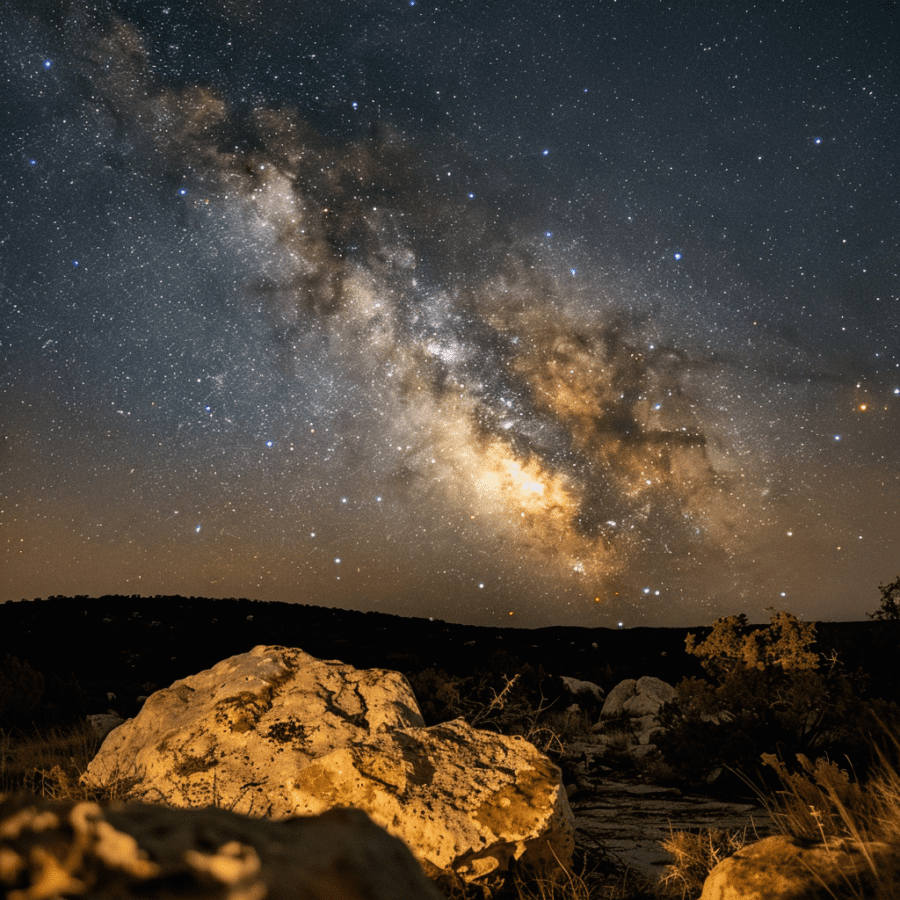
Factors Affecting Visibility
In the expansive night sky of Texas, stargazing can prove an immensely enjoyable pastime. But, your celestial adventure may run into a few hiccups if you’re not fully mindful of the factors affecting visibility. Understanding these factors helps you make the most of your starry escapade. In this section, we’ll explore into exactly what those factors are.
Light Pollution and the Bortle Scale
Gazing upon the night sky in a bustling city can give you a paltry glimpse of the celestial bodies. Why, might be the thought lingering in your mind. The simple, yet critical, answer is light pollution. It’s the artificial brightness hovering over urban areas, drowning out the faint sparkle of the distant stars.
- The Bortle Scale, ranging from 1 (excellent dark-sky site) to 9 (inner-city sky), plays a pivotal role in a stargazer’s life. This scale gauges how bright the night sky is at a specific location where light pollution has an impact.
- For instance, the bustling city of Dallas with countless lights ranks high on the Bortle Scale, making it a pushover for stargazing. In contrast, the remoteness of Palo Duro Canyon blesses it with a low Bortle score, fostering an ideal environment for appreciating the star-studded Texas sky.
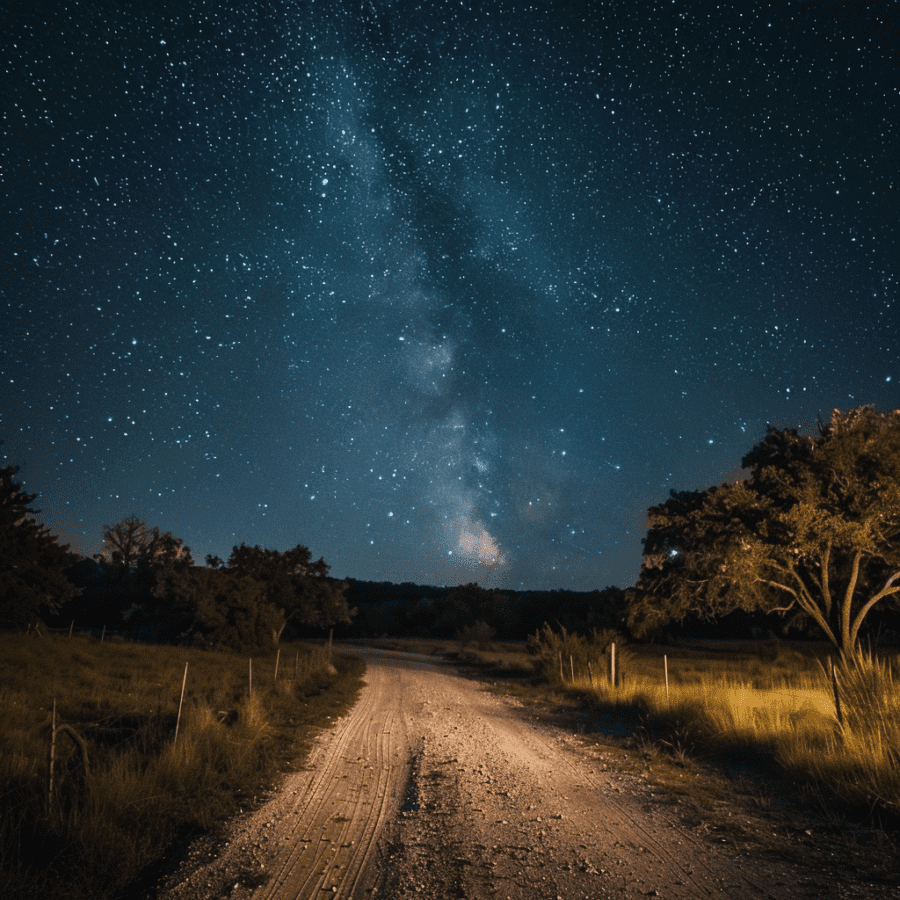
Best Times of Year for Stargazing in Texas
While Texas promises mesmerizing stargazing opportunities year-round, a few specific times stand out as extra special.
- Winter emerges as a surprisingly excellent time for stargazing in Texas. The crisp clear winter skies offer an unmatched view of the breathtaking winter constellations such as Orion, Gemini, and Taurus.
- Meteor showers mark another exciting spectacle for the sky-watchers. For example, the striking Perseids meteor shower dazzles the sky every year in August. These fiery space rocks racing across the dark canvas make for an unforgettable sight.
So gear up, beat the light pollution, pick your time prudently, and begin on your star-spangled journey through the Texas night sky.
Share the post "Breathtaking Stargazing Spots in Texas: Unforgettable Night Sky Experiences"
Christian Linden is a seasoned writer and contributor at Texas View, specializing in topics that resonate with the Texan community. With over a decade of experience in journalism, Christian brings a wealth of knowledge in local politics, culture, and lifestyle. He holds a Bachelor's degree in Communications from the University of Texas. When he's not writing, Christian enjoys spending weekends traveling across Texas with his family, exploring everything from bustling cities to serene landscapes.



